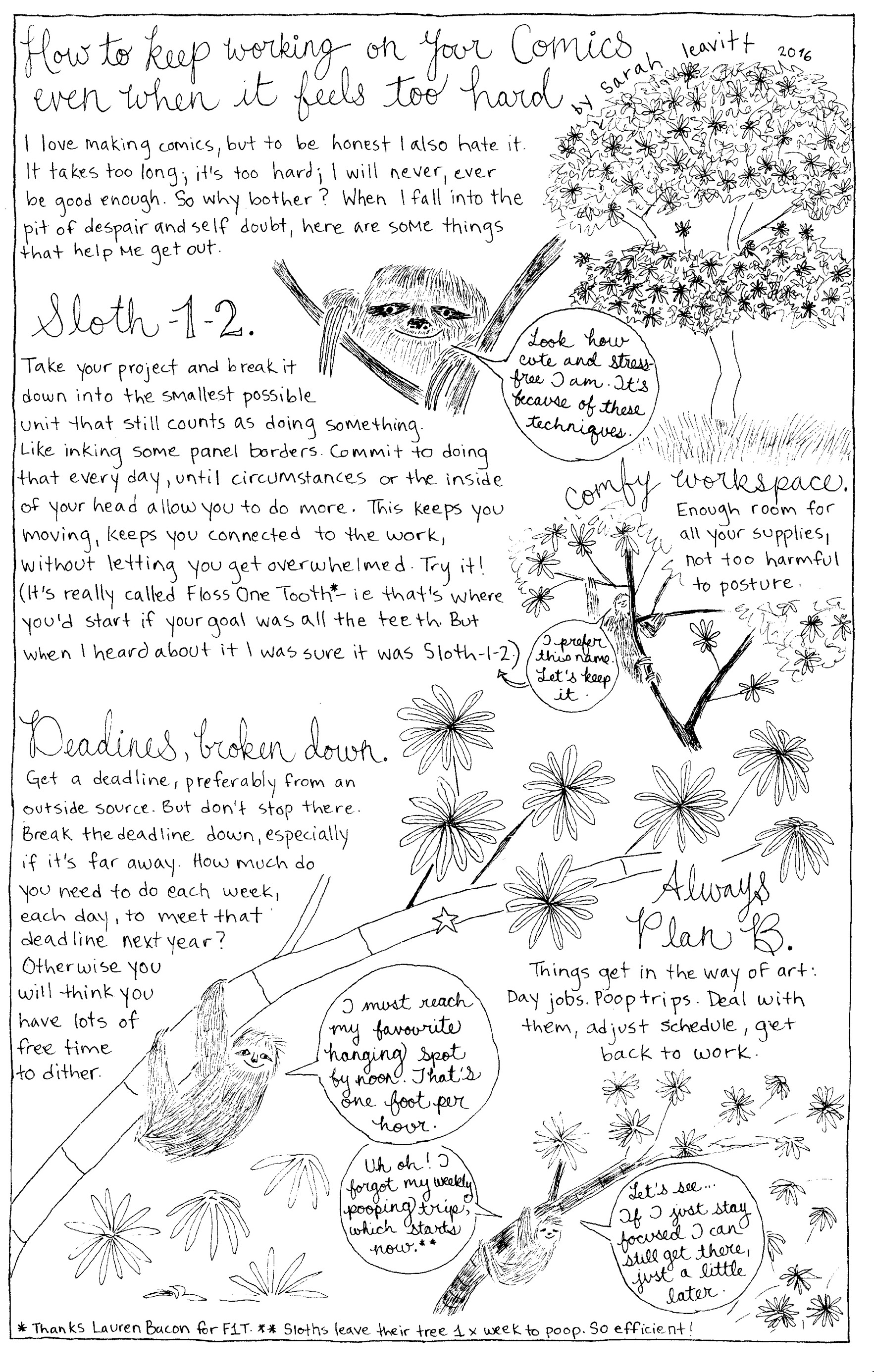It’s that time of the year again: student assignments are in, your own assignments are due, and you’ve got a day job thrown into the mix. I’ve been marking essays for years, and assessment period is the worst. But not to worry! If you are new to this, here are some basic tips for making the experience as efficient and painless as possible:
Make Plans: Be sure your professor is clear at the beginning of each semester about when assignments are due from students, and when corresponding marks are due from you. This will enable you to integrate marking into your overall schedule and set aside time for it in advance.
Mark by Genre: If you are TA-ing a mixed-genre class, mark assignments by genre. Assessing one genre at a time reduces the need to readjust your reading lens with each new assignment, making the process more efficient. It also helps you get a sense of the general standard of submissions more quickly, which will help you understand what an average submission looks like.
Keep Rubrics Handy: I always have assessment rubrics visible when I mark. It helps me remember what I am supposed to be looking out for, and prevents me from veering towards my own personal tastes. It is also a great help when it comes to creating comments: ensuring that the bulk of your comments respond to points listed in the rubric not only saves you (a lot of) think-time, but also safeguards you should a student disagree with a grade they are given.
When Possible, Minimize Typing: My favourite feature on Canvas (besides the little window that shows you the mean average grade at any given time) is its ability to save comments that recur across assignments. If you have a standard opening greeting or word of encouragement, consider saving it in the drop-down options, so that you can click on it when you want to use it, instead of repeatedly typing it out each time. Additionally, if you notice that you’re repeating certain comments about craft or formatting because a certain kind of mistake is common, you can save and re-use those comments as well!
Value Your Time: Keep track of your hours. If you are exceeding the hours allocated to you for each assignment, check in with your fellow TAs to see if their experience is similar – if it is not, you might be allocating more time to individual assignments than is actually necessary. If this is the case, consider being strict with yourself and marking with a timer. (E.g., I literally set an hourly timer to ensure that I complete a certain number of essays per hour!) If all the TAs in a single class are overrunning hours, get together and let your instructor know – they may need to rethink the scope of the rubric, or provide you with overtime.
Create Conditions That Work For You: Do you thrive on short bursts of energy? Do you prefer solitary or communal marking? Identify what works for you and do your best to create those conditions for yourself. For example, I like to work for long periods of time without breaks because I find that repetition increases my efficiency, and helps me maintain standard consistency. In addition, before I start marking anything, I create a table containing columns for student names, rubric marks, and final marks. I print this out and fill in grades as I go along so that I have a tactile record accessible to me at all times (I’m a semi-tactile learner) and a visual record of my own marking standards (which helps maintain standard consistency). These tactics work for me – identify and make possible what works for you.
All the best for assessment period! I wish you patience, god-speed, and exceptional submissions!


